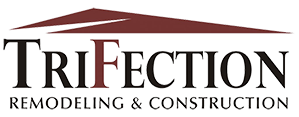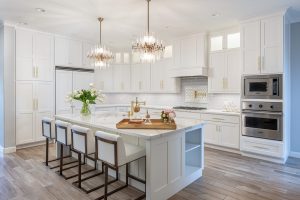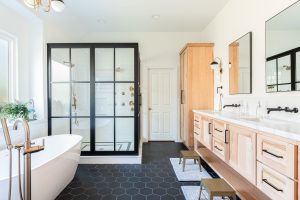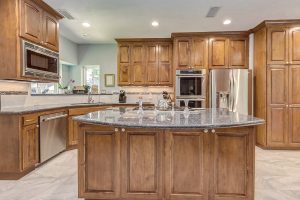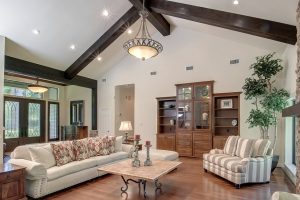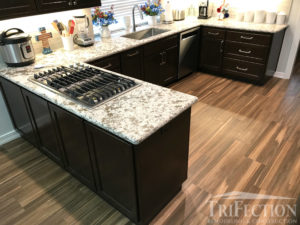Budget-Friendly Tips for Planning a Room Addition
Expanding the footprint of your home is an exciting prospect many of us dream of, yet the conventional wisdom has often been that it demands deep pockets. However, the reality is that with strategic planning and a few creative tricks, it’s entirely possible to undertake a room addition while staying on budget.
The Fundamentals of a Budget-Friendly Room Addition
A well-thought-out approach is essential for any successful room addition project, but it becomes critical when working within a budget. Follow these fundamentals to set the right foundation for your endeavor.
Define Your Budget and Stick to It
Before any groundwork is laid or walls built, it’s vital to establish a clear financial plan. Research the average costs of room additions in your area, factor in any DIY savings, and add a buffer for unforeseen expenses.
Design with Cost in Mind
The layout and design choices you make can have a substantial impact on the overall cost. Opt for simplicity in shape and structure to reduce construction complexities that drive up labor costs. Also, consider open floor plans over small, enclosed spaces to maximize the feeling of spaciousness without adding square footage.
Regulatory Research and Permits
Skipping the necessary permits can result in hefty fines or even a halt to your project. Instead of cutting corners, invest time in learning about local building regulations and securing the proper permits from the start.
Think Efficiency and Sustainability
Green solutions aren’t just for the eco-conscious; they can lower your energy bills and may even qualify for local rebates or tax incentives. From high-quality insulation to energy-efficient windows, incorporating sustainable elements can be a cost-effective decision in the long run.
Strategic Building Location and Material Selection
Where you add a room and the materials you choose can either inflate or preserve your budget. Here’s how to make savvy selections.
- Choosing Your Spot: Consider building over a garage or extending from a backroom to tap into existing structures, which can be more cost-effective than starting from scratch.
- Material Matters: Selecting the right materials is a balancing act between short-term costs and long-term benefits. Opt for durable, low-maintenance materials that will stand the test of time and reduce the need for repairs.
- Salvage and Second-Hand Finds: One person’s discard could be your treasure. Investigate reclaimed or gently used materials to find bargains and give character to your new space without the expense of new items.
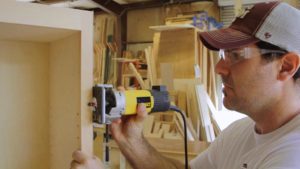
DIY or Professional
Doing certain stages of the project yourself can save significant amounts.
Harness the Power of YouTube
In the age of online tutorials, the internet is your DIY ally. Look for reliable resources to guide you through simpler tasks like painting or installing flooring.
Know When to Call a Professional
While DIY can be a budget-saver, some stages require the expertise of a professional. Cutting corners on critical components like electrical or structural work can lead to dangerous and costly mistakes in the future.
Financing and Cost-Saving Strategies
Managing the financial aspect of your addition also involves getting creative with how you fund it.
Financing Your Addition
From home equity loans to personal loans, there are various ways to finance your project. Compare interest rates and terms to find the most cost-effective option for you.
Explore Government Incentives
Some municipalities offer grants, subsidies, or tax breaks for home renovations that meet certain criteria, such as energy efficiency or historical preservation.
Maximizing Value with Smart Features
Incorporating clever features that add value to your home, and quality to your life, is an investment that has dual rewards.
Smart Home Technology
Integrating smart technology can make your home more desirable and give you added convenience. Many smart features are reasonably priced and can be installed without breaking your budget.
Multi-Functional Spaces
Design your room with multi-functionality in mind. A well-planned room that serves several purposes can reduce the need for additional rooms, saving you money and space.
Lighting and Space Illusion
Strategic lighting and design can significantly change the perception of space. Large windows, skylights, and mirrors can create the illusion of a larger, more accommodating area.
The Importance of Project Management and Timeline
Efficiency is key to keeping costs down, and good project management plays a huge role.
Create a Detailed Plan and Stick to It
A clear timeline with milestones and deadlines will help you stay on track and budget. Be realistic in your scheduling, accounting for unforeseen distractions and delays.
Regular Checks and Balances
Don’t be afraid to micromanage (to a reasonable extent) your project’s progress. Regular check-ins with contractors, especially during critical stages, can help catch and address issues before they become costly problems.
Maintaining Your Addition
Once your room addition is complete, it’s important to maintain it to ensure its longevity and functionality.
- Regular Cleaning and Upkeep: Keep your new space clean and clutter-free to prevent any potential damage or wear. Develop a cleaning routine that works for you and stick to it.
- Conduct Regular Inspections: Regularly check for any signs of wear and tear, leaks, or damage. Catching and addressing these issues early on can save you from costly repairs in the future.
- Make Necessary Repairs: If any issues arise, don’t put off making necessary repairs. Ignoring them can lead to more significant problems down the line and end up costing you even more money.
- Update as Needed: As your needs and preferences change, don’t be afraid to update your addition. This can include new furniture, decor, or even small renovations to improve functionality and aesthetics.
Maintaining your addition is not only crucial for its upkeep but also for its value. A well-maintained room addition can add significant value to your home and make it more appealing to potential buyers in the future.
The Last Step: Cashing in on Your Investment
Once your room addition is complete, how do you ensure it’s a sound financial investment?
Boost Curb Appeal
Aesthetics matter. A well-integrated addition that enhances your home’s curb appeal can translate into a higher resale value.
Matching Interior Architecture and Style
Continuity in design between your existing home and the new space can make the addition seem less like an add-on and more like a natural extension of your home’s layout. This cohesion is appealing to potential buyers.
Keep Impeccable Records
Document every cost, decision, and realization in the form of a project journal. Not only will this keep you organized, but it can also serve as valuable marketing material should you decide to sell your home down the line.
Room additions on a budget are as much about creativity and planning as they are about funds. With the right mindset and tools, it’s possible to add space to your home without going overboard on expenses. Be strategic, be resourceful, and be patient; the results will not only be a testament to your financial acumen but also to your vision and hard work.
